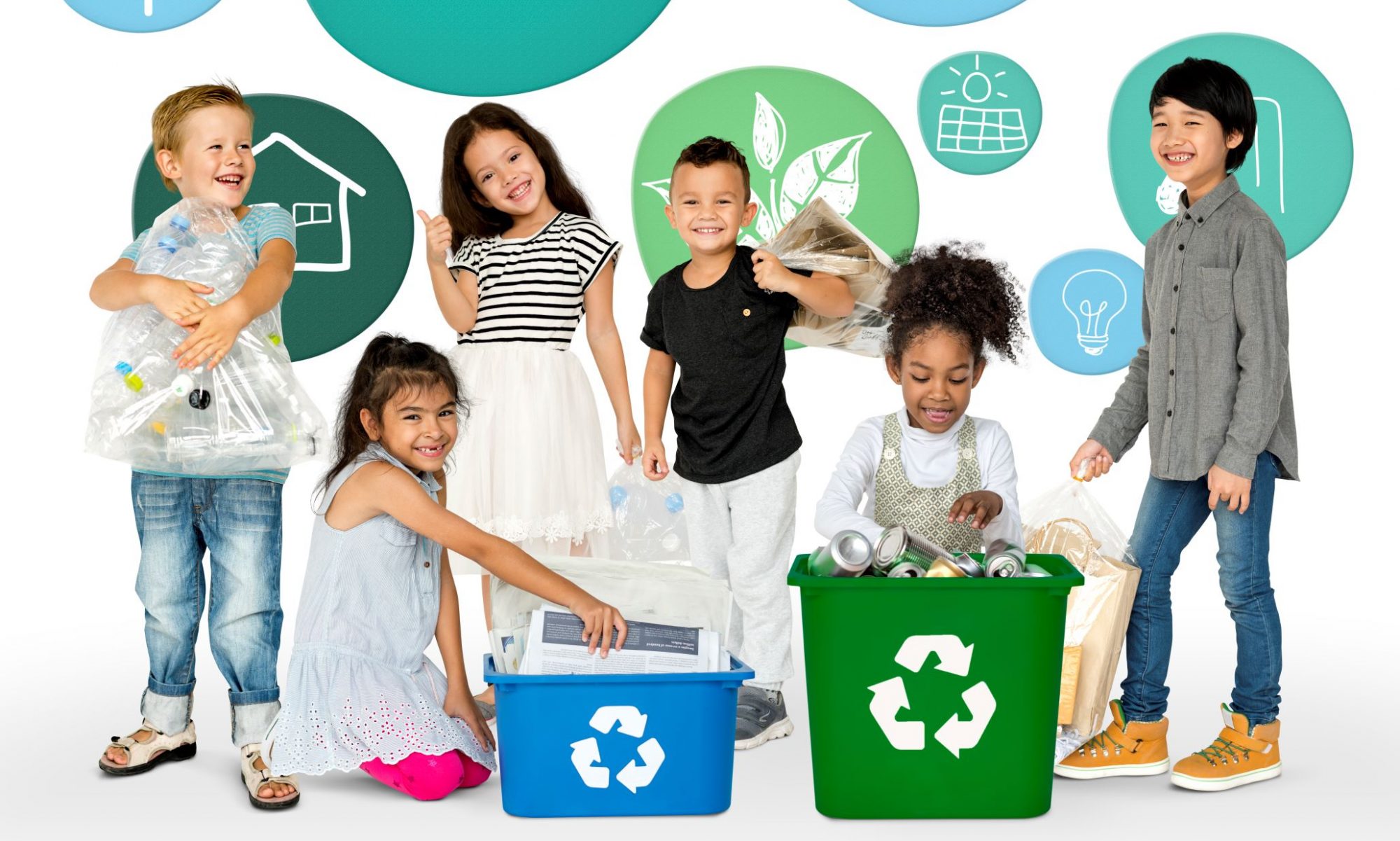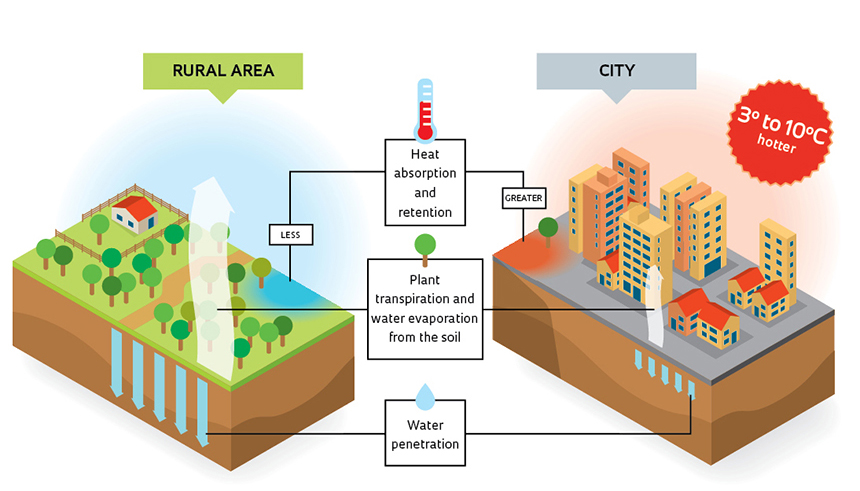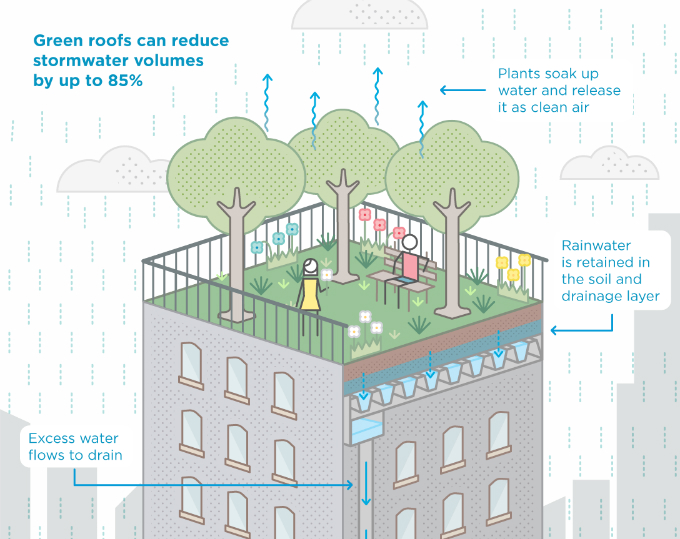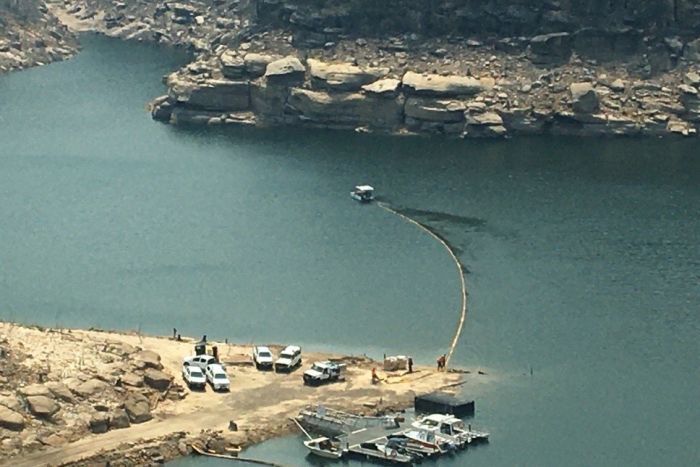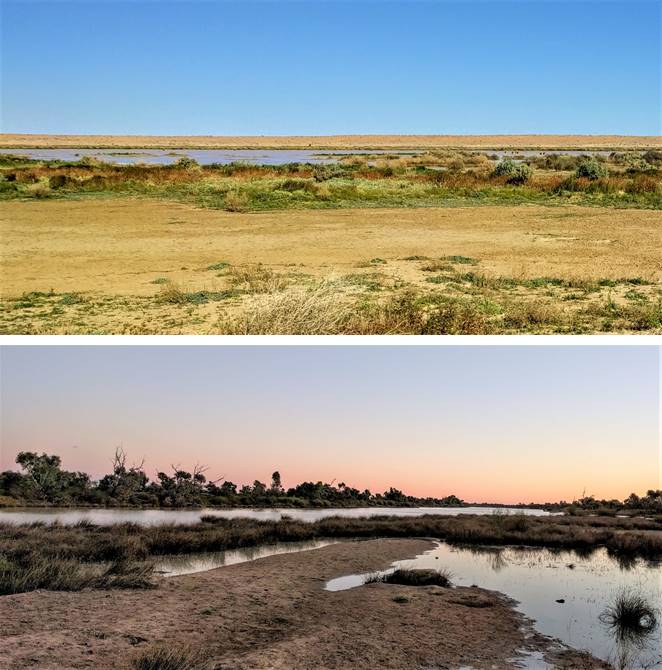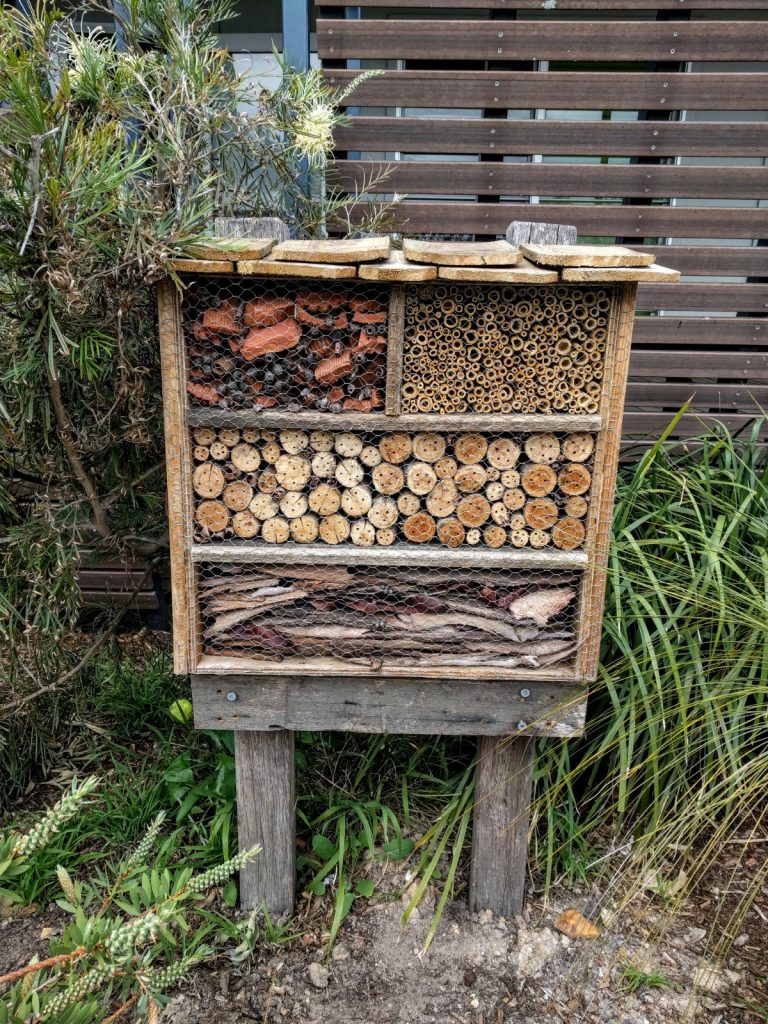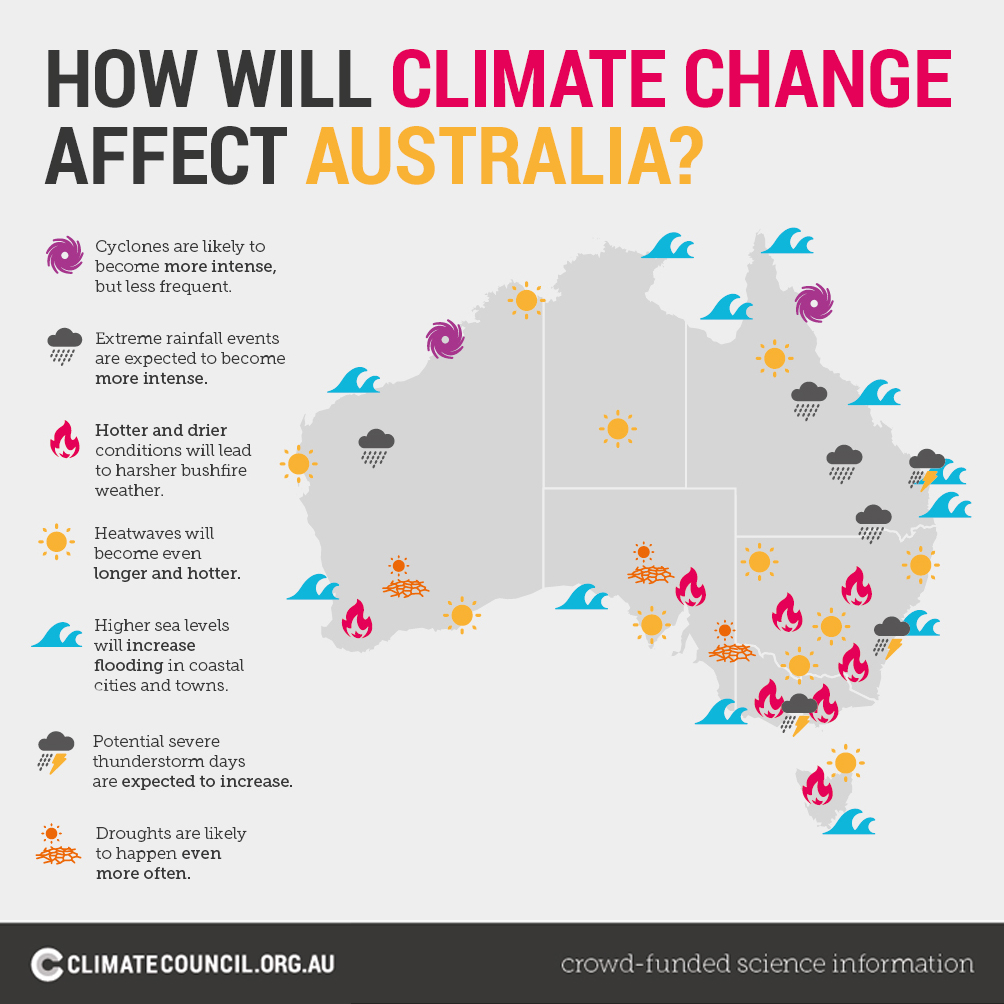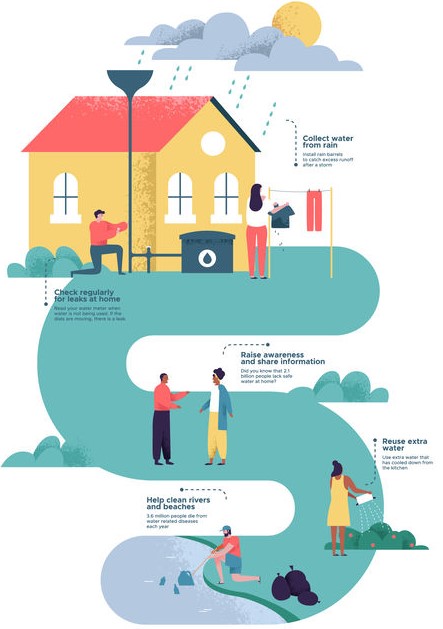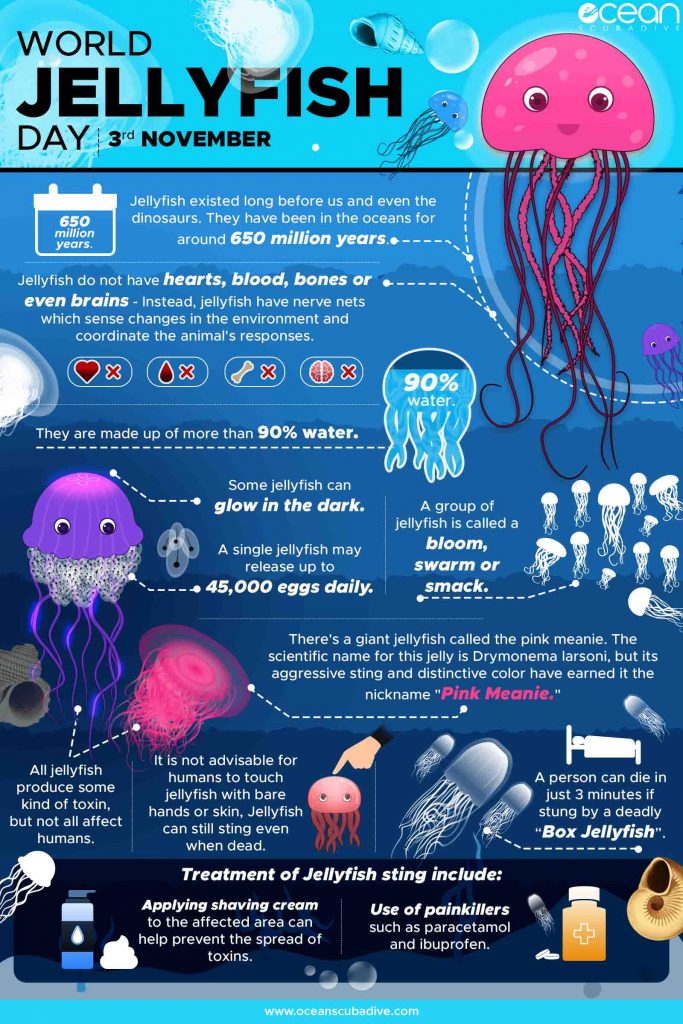I started 2020 with the claim that this year is going to be My Year of Sustainability. Since then Sydney has experienced continued bushfires, droughts, heatwaves through to record rains and floods all in the last 2 months. So as Summer comes to an end what have I done on My Journey to Sustainability?
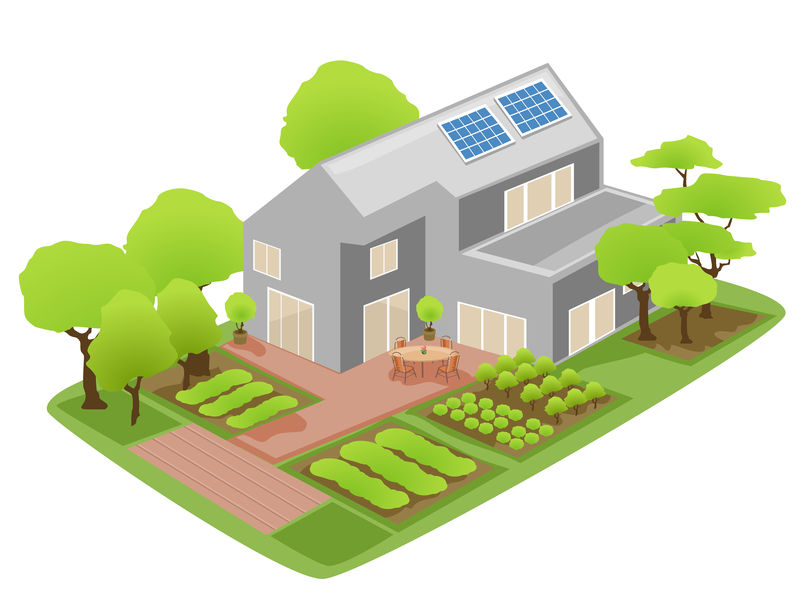
My Journey to Sustainability started with water. My husband and I went to find a water pump. We live in an older house with the shower over the bath. This made it easier for us to start collecting shower water to use on the garden. After a few weeks the 3 flights of stairs became a challenge. We brought a pump from Bunnings, ran a hose out the window down onto the carport roof so the water would flow into the rainwater tank. We have another pump and hose off the rainwater tank so we can water the garden and fill up the watering cans.
This change enabled us to save over a 100L of water a day that we can store and use in the garden. We fixed the leaking cistern in the toilet, that was wasting a staggering 360L of water a day. If you want to find out some simpler ways of being Water Wise check out these tips.
Water was also a big issue for local wildlife. Many animals were being impacted by the heat and lack of available water. These Magpies were trying to get drops out of the bubbler and tap.
I made sure there were suitable water dishes available in the park and at home.
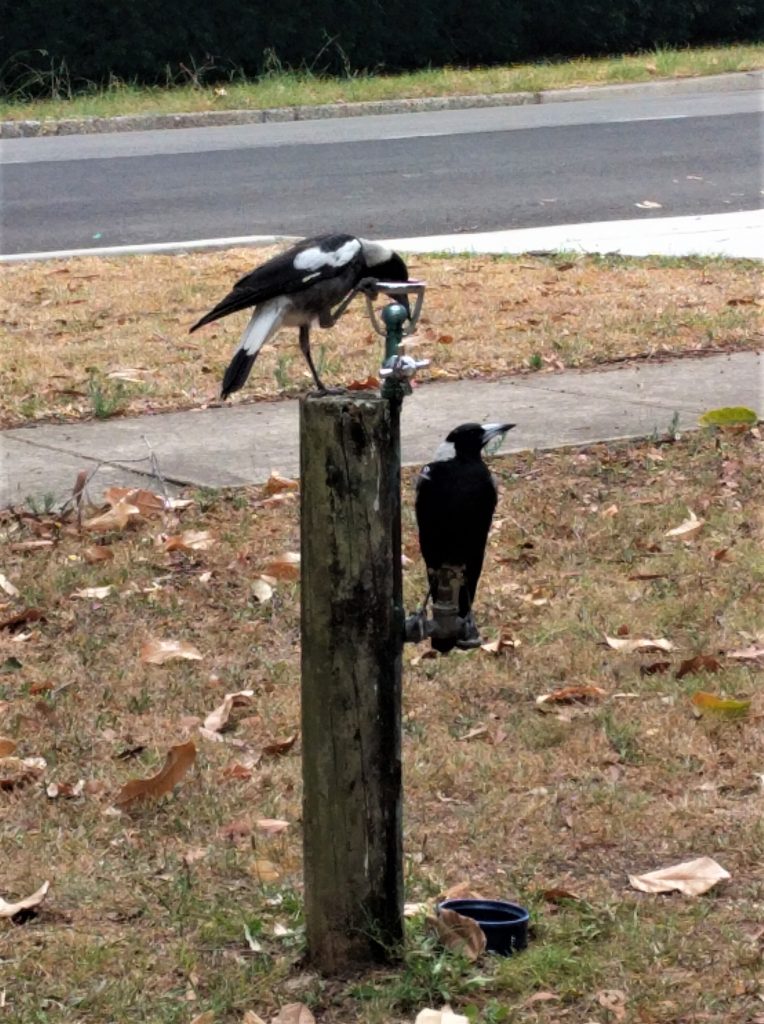
In the Garden
I’ve really enjoyed being able to spend extra time in the garden. I have planted more natives especially flowering shrubs and grasses to provide food and shelter for smaller birds. The pond is providing water for animals and a habitat for frogs. there are some small fish that keep the numbers of mosquito down.
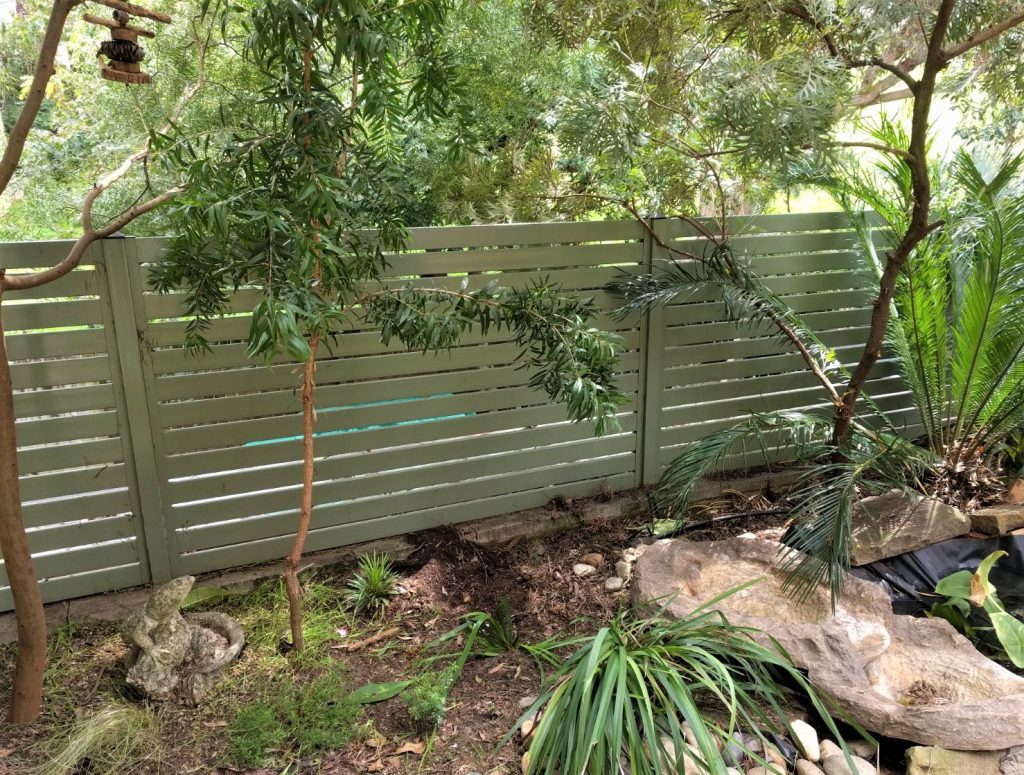
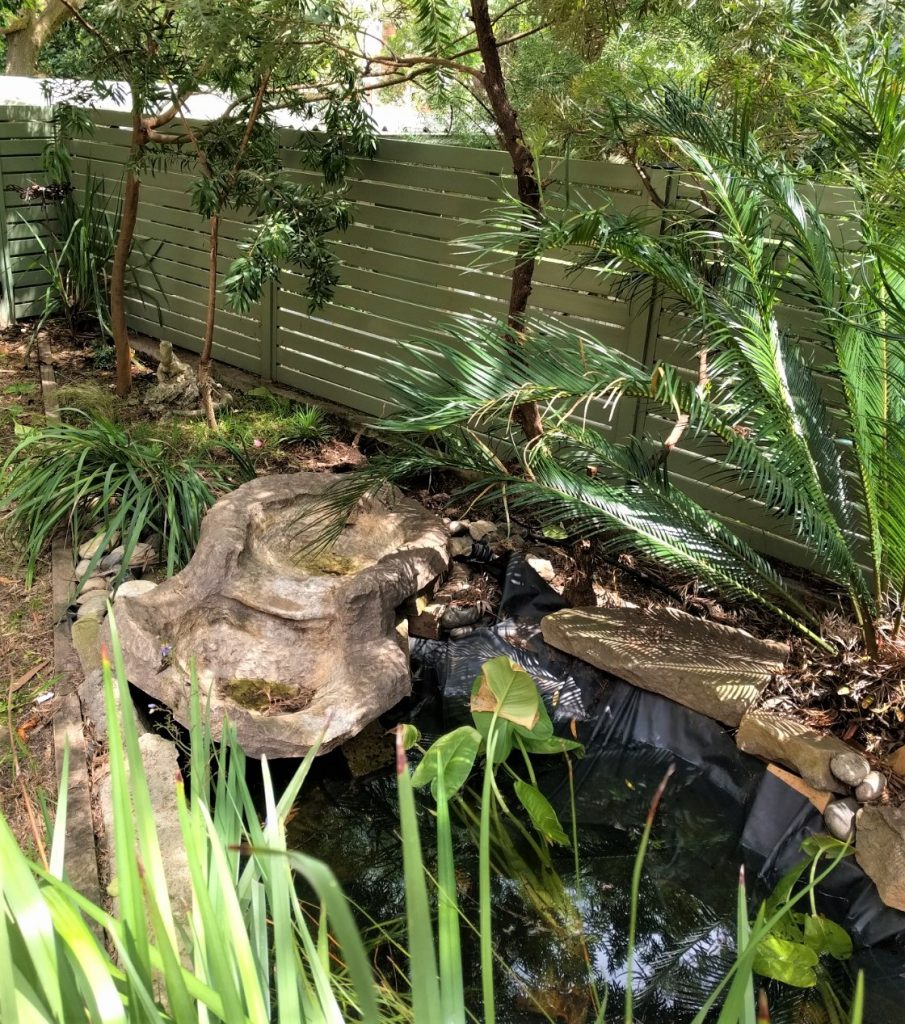
I’ve pruned, weeded and planted in the vege garden. I’m growing some of the herbs I love to use in the kitchen like Lemon Thyme, Basil, Shallots and Chives. Continental Parsley and Tomatoes have sprouted everywhere from last seasons seeds. I’m growing mint from my Mums garden and my Strawberries have come back to life. I’ve picked over a dozen Limes with plenty more fruit growing on both the Lime and Lemon trees. I’m trying to grow Eggplants again and so far have been having more success. I’m growing Brussels Sprouts for the first time so fingers crossed the caterpillars don’t get them.
I have been weeding and controlling pest by hand at the moment and will see how that goes. The advantage is that I can spend more time on garden maintenance at the moment so I’m hoping the attention now will pay off later.
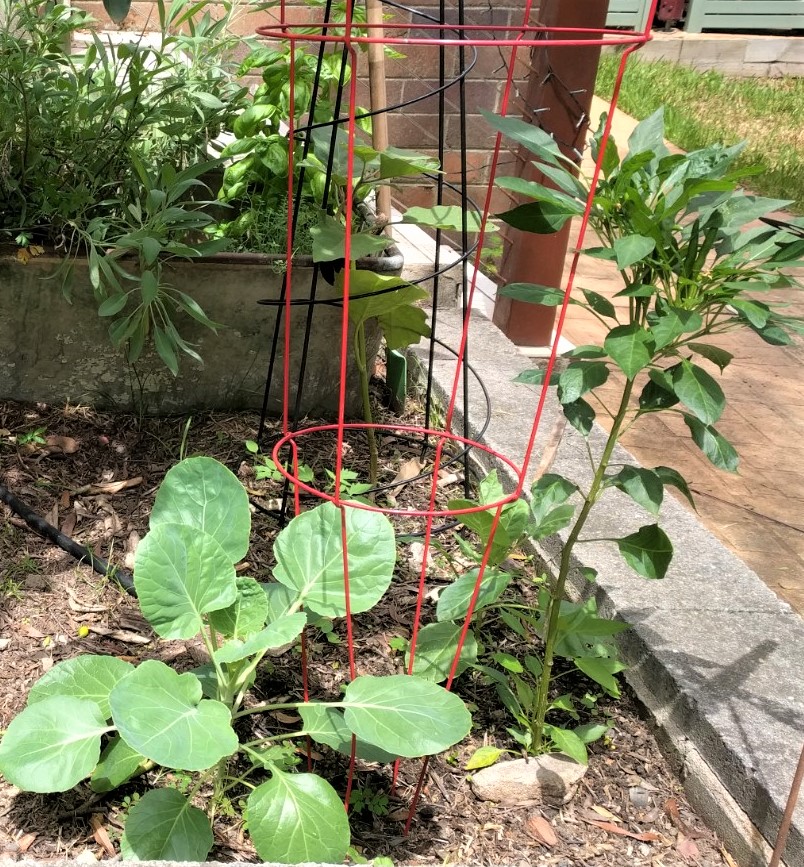
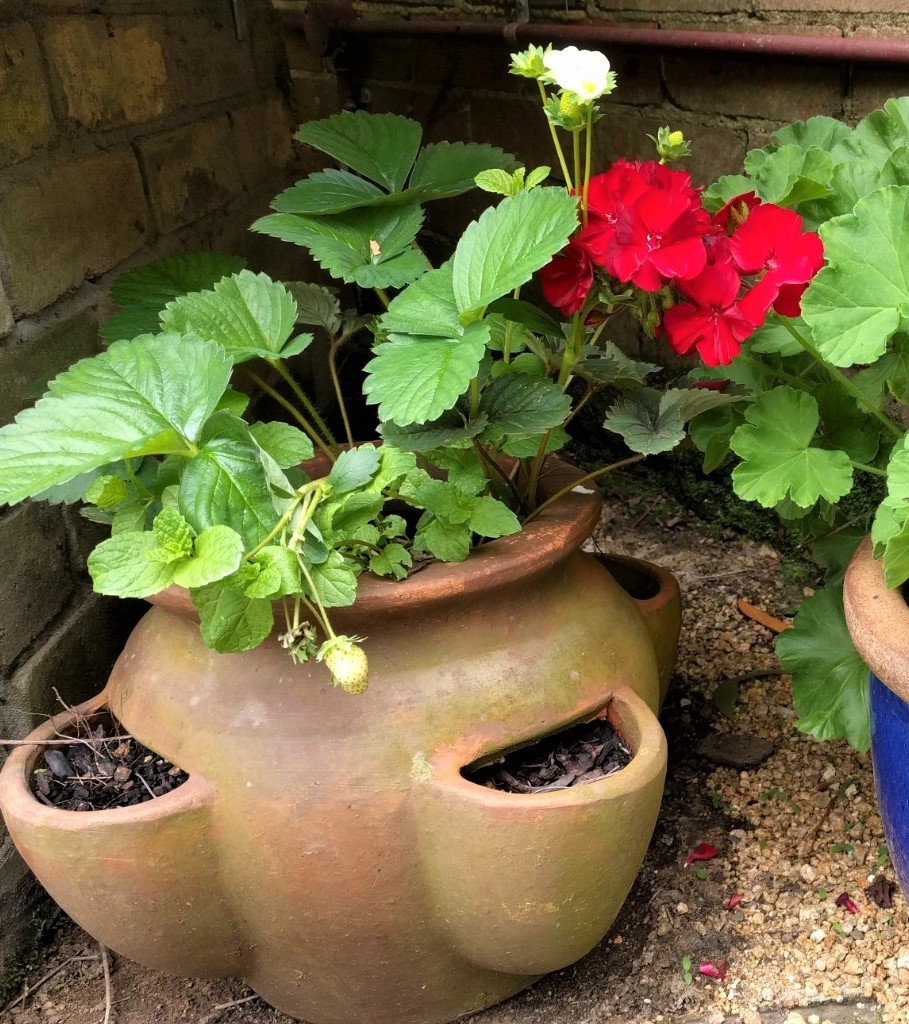
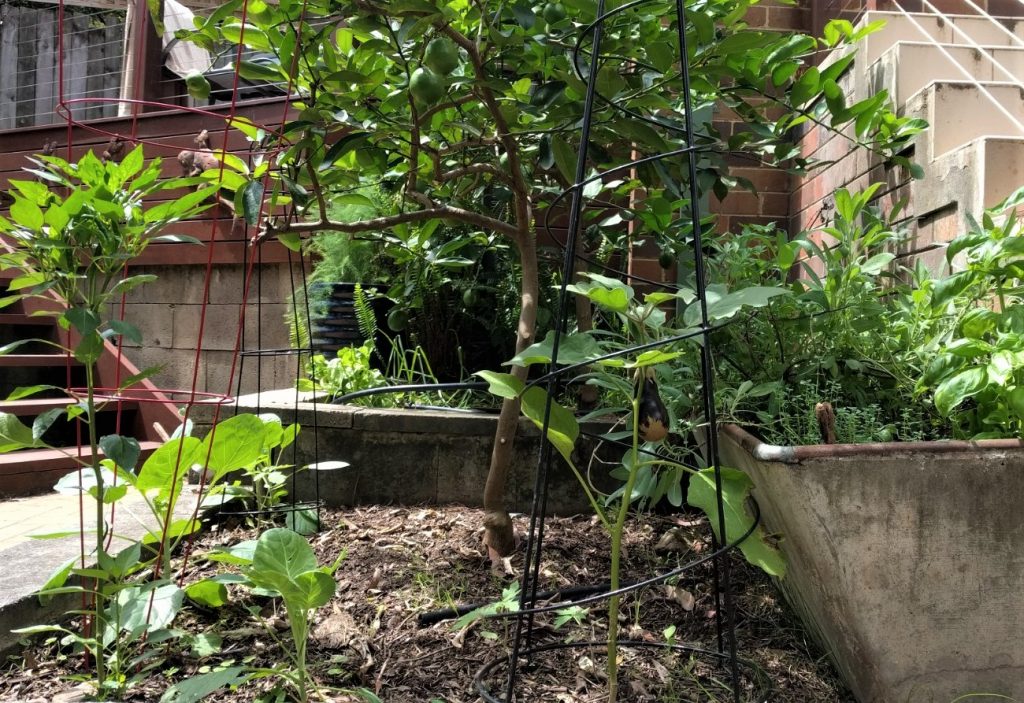
Do you enjoy gardening, but don’t have the space to build you own garden? Would you like to eating produce that you have helped grow, but don’t have enough time? How about joining your local Community Garden.
Community gardening can give you the opportunity to grow and harvest your own produce. Creating more green patches of vegetables, plants and flowers across urban environments. Community Gardens also:
- help reduce household waste through composting.
- offer the chance to get your hands dirty in a communal plot of land.
- create opportunities where people can learn about gardening methods.
- help save and protect diverse plants and seeds.
- bring people together.
Find a Community Garden near you
All wrapped up
Over the last year I have brought Bees Wax wraps, silicon lids and recently silicone ziplock bags. These products have been great and I like having the variety to suit different needs. This year I have started using the Hercules® Sustain ™ Compostable Paper food bags for dry lunch box items. I’m buying larger products size for the kids and portioning into small reusable containers or compostable bags.
With these products I have been able to reduce our amount of waste at home and school. The kids have noticed and doing a great job remembering to bring their containers home for reuse.
The main difference is being mindful when I am doing the shopping and making sustainable choices. Reducing my waste by ensuring I don’t buy products with unnecessary packaging.
Choice has done a great review ‘Reducing waste at home with reusable food covers’
Reusing and Recycling clothing
What to do with unwanted clothes especially with growing kids is always a challenge. These are a few of the strategies I have used.
- Embrace the hand me downs: I get a constant stream of clothes and shoes from my sisters neighbour. They are usually great quality and as they are older kids the sizes are right for the next year. Most of my sons clothes go to his cousin if they are still in a good condition.
- If you want to help those in need with your donations make sure you choose your Charity Bin wisely. The National Association of Charitable Recycling Organisations (NACRO) ensures that all the collected goods and proceeds are used exclusively for their welfare programs. The Recycle Near You website has a list of NACRO charities
- Some retailers, including H&M and Zara offer textile recycling bins in their stores where people can deposit any textiles, not just clothing from that brand, to be sent for recycling offshore.
- If it can’t be handed down to family and friends or donated to charity cut them up for cleaning rags.
- Contact you local animal hospitals and shelters to see if they need old sheets and towels.

Now that I’m not working in the city I went through my wardrobe to find clothes and outfits for Dressed for Success. They are a registered charity that improves the employability of women in need in NSW. They provide professional clothing, support network and the career development tools to help women achieve self-sufficiency.
I just found this initiative recycling socks. Starts With Socks is taking your old socks and gives them new life. Any pairs that can be up-cycled will be donated to people in need. Socks that can’t be saved will be recycled and turned into new textiles, saving them from landfill.
The Simple Things
There are also plenty of things that we continued to do at home like:
- Taking Shorter Showers
- Turning of lights when not in the room
- Setting the air conditioner on 23’C
- Composting
- Recycling
- Batteries
- E-waste
- Soft plastics
Discover more about becoming sustainable and how you can make a difference.

